10 Best Herbal Tinctures For Infection
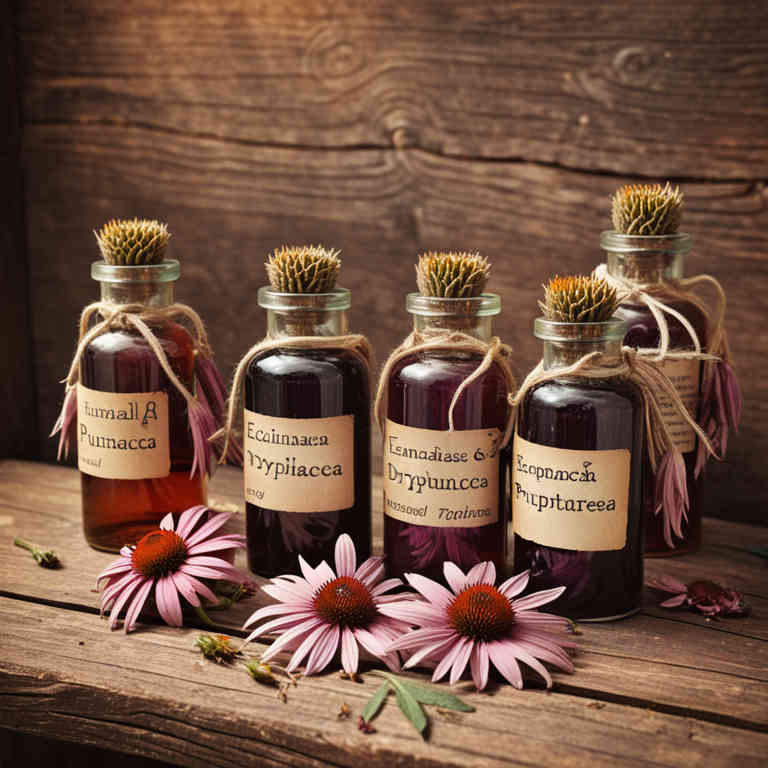
Herbal tinctures are concentrated liquid extracts made by soaking plant materials in alcohol or vinegar, and they have been used for centuries to support the body's natural defenses against infections.
These tinctures often contain potent antimicrobial herbs such as echinacea, goldenseal, and garlic, which may help reduce the severity and duration of bacterial or viral infections. When used appropriately, herbal tinctures can provide a natural alternative or complement to conventional treatments, though their effectiveness can vary depending on the specific herb and the type of infection. It is important to consult with a healthcare professional before using herbal tinctures, especially for chronic or severe infections, to ensure safety and proper usage.
Overall, herbal tinctures offer a holistic approach to infection management, combining traditional wisdom with potential therapeutic benefits.
FREE COURSE
How to make medicinal herbal tinctures for common ailments at home and in a weekend (using the Healing Drops System).

Table of Contents
1. Echinacea purpurea
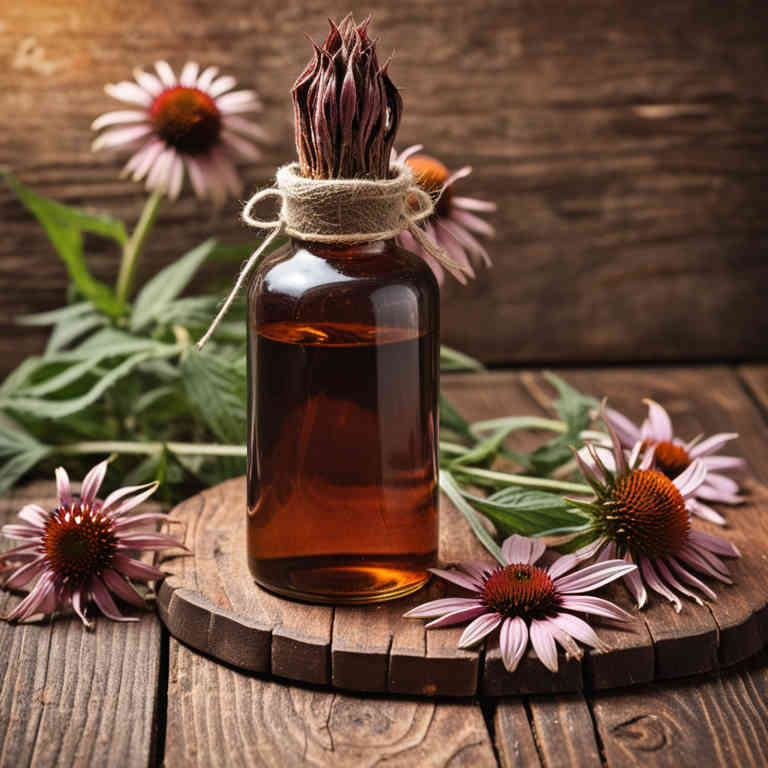
Echinacea purpurea, commonly known as purple coneflower, is a popular herbal remedy used to support the immune system and combat infections.
Herbal tinctures made from Echinacea purpurea are typically prepared by soaking the dried roots or aerial parts in alcohol, allowing the active compounds to be extracted. These tinctures are often used to help reduce the duration and severity of colds and upper respiratory tract infections. The key compounds in Echinacea, such as alkamides, caffeic acid derivatives, and polysaccharides, are believed to enhance immune function and exhibit antimicrobial properties.
While research on its efficacy is mixed, many people use Echinacea tinctures as a natural alternative or complement to conventional treatments for infections.
2. Hypericum perforatum
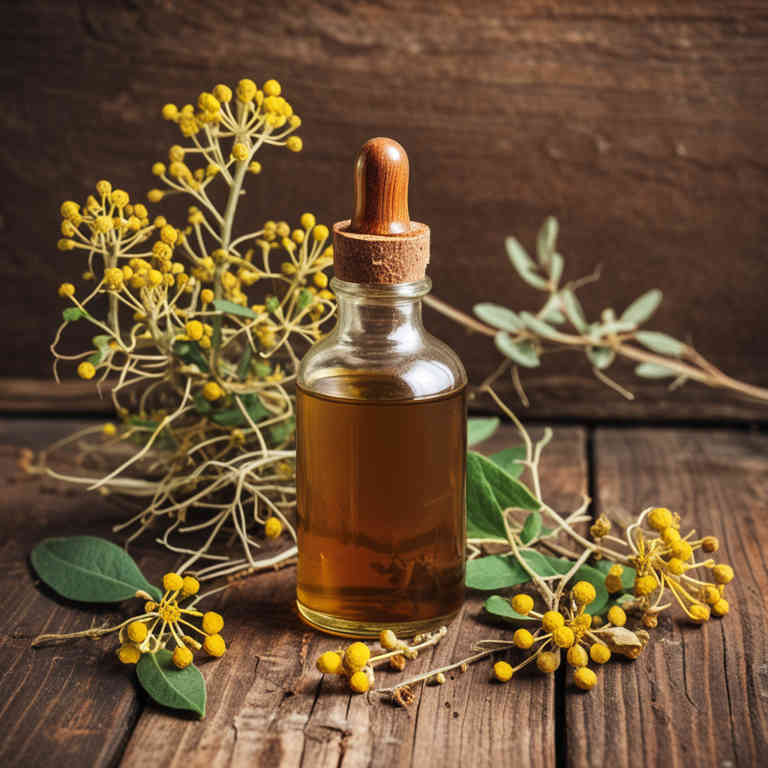
Hypericum perforatum, commonly known as St. John's Wort, is a medicinal plant that has been traditionally used for its antimicrobial properties.
Herbal tinctures made from Hypericum perforatum are prepared by soaking the dried plant material in alcohol to extract its active compounds, such as hypericin and hyperforin. These tinctures have shown potential in inhibiting the growth of various bacteria and fungi, making them a natural alternative for treating infections. However, they should be used with caution due to potential interactions with medications and side effects.
Despite their historical use, further scientific research is needed to fully understand their efficacy and safety in modern medical applications.
3. Cinnamomum verum
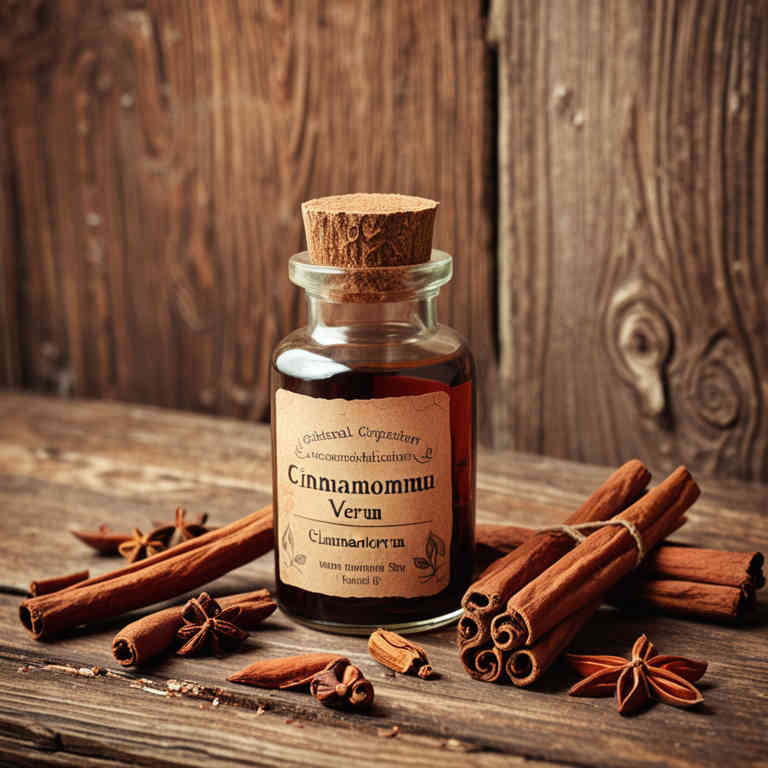
Cinnamomum verum, commonly known as true cinnamon, has been traditionally used in herbal medicine for its antimicrobial and anti-inflammatory properties.
Cinnamon tinctures derived from its bark are often prepared using alcohol to extract the essential oils and active compounds, such as cinnamaldehyde and eugenol. These tinctures may help combat bacterial and fungal infections due to their ability to inhibit microbial growth. When used topically, cinnamon tinctures can support wound healing and reduce infection risk in minor cuts or skin conditions.
However, it is important to consult a healthcare professional before using cinnamon tinctures, especially for severe or persistent infections.
4. Aloe barbadensis
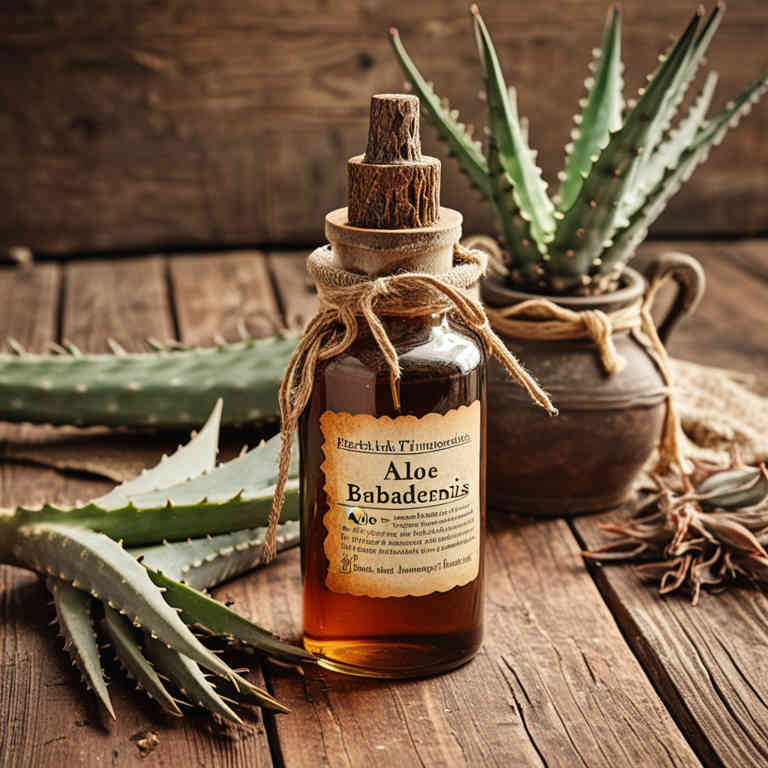
Aloe barbadensis, commonly known as aloe vera, has been traditionally used for its soothing and healing properties, and its herbal tinctures are often employed to support the body's natural defense mechanisms against infections.
These tinctures are typically prepared by extracting the gel from the aloe leaf and combining it with alcohol or another suitable solvent, preserving its active compounds such as polysaccharides, enzymes, and antioxidants. The antimicrobial properties of aloe vera may help inhibit the growth of certain bacteria and fungi, making it a potential complementary therapy for minor infections. While it is not a substitute for conventional medical treatment, aloe tinctures may aid in reducing inflammation and promoting tissue repair.
However, individuals should consult a healthcare professional before using aloe tinctures, especially if they have underlying health conditions or are taking medications.
5. Zingiber officinale
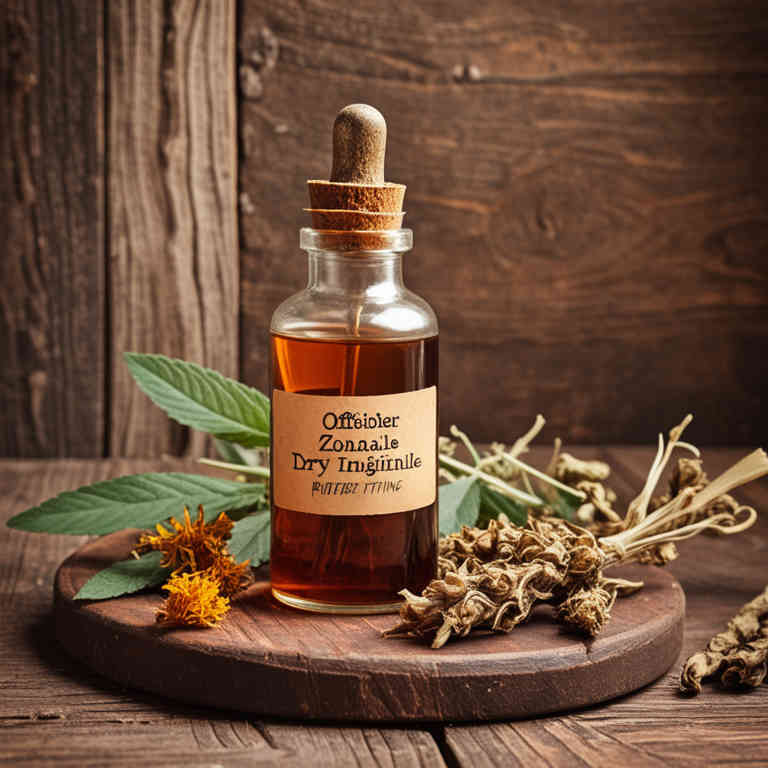
Zingiber officinale, commonly known as ginger, has been traditionally used for its antimicrobial properties, and its herbal tinctures are increasingly recognized for their potential in combating infections.
The active compounds in ginger, such as gingerol and shogaol, exhibit antibacterial, antifungal, and antiviral activities, making it a valuable natural remedy. When prepared as a tincture, ginger can be easily incorporated into topical applications or oral consumption to support the body’s immune response against various pathogens. Studies suggest that ginger tinctures may help reduce inflammation and enhance the efficacy of conventional treatments for bacterial and viral infections.
However, while promising, it is important to consult a healthcare professional before using ginger tinctures, especially for persistent or severe infections.
6. Ginkgo biloba
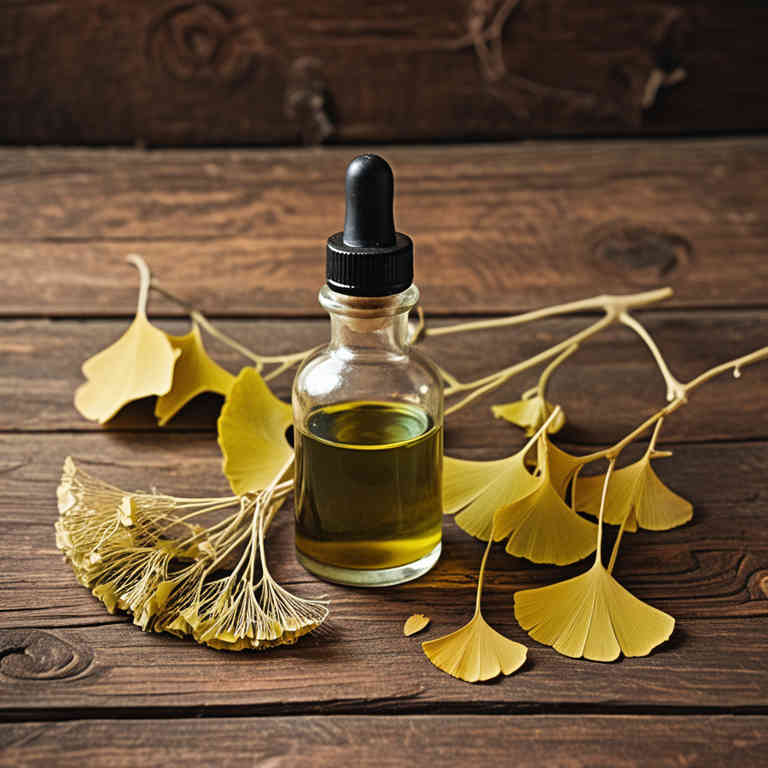
Ginkgo biloba herbal tinctures are derived from the leaves of the ancient ginkgo tree, known for their potential health benefits.
These tinctures are often used to support cognitive function and improve blood circulation, but they may also have antimicrobial properties that could aid in fighting infections. While some studies suggest that ginkgo biloba contains compounds with antibacterial and antifungal effects, more research is needed to fully understand its efficacy against specific pathogens. As a complementary therapy, ginkgo biloba tinctures may be used alongside conventional treatments for infections, though they should not replace medical advice or prescribed medications.
It is important to consult with a healthcare professional before using ginkgo biloba, especially for individuals with existing health conditions or those taking other medications.
7. Thuja occidentalis
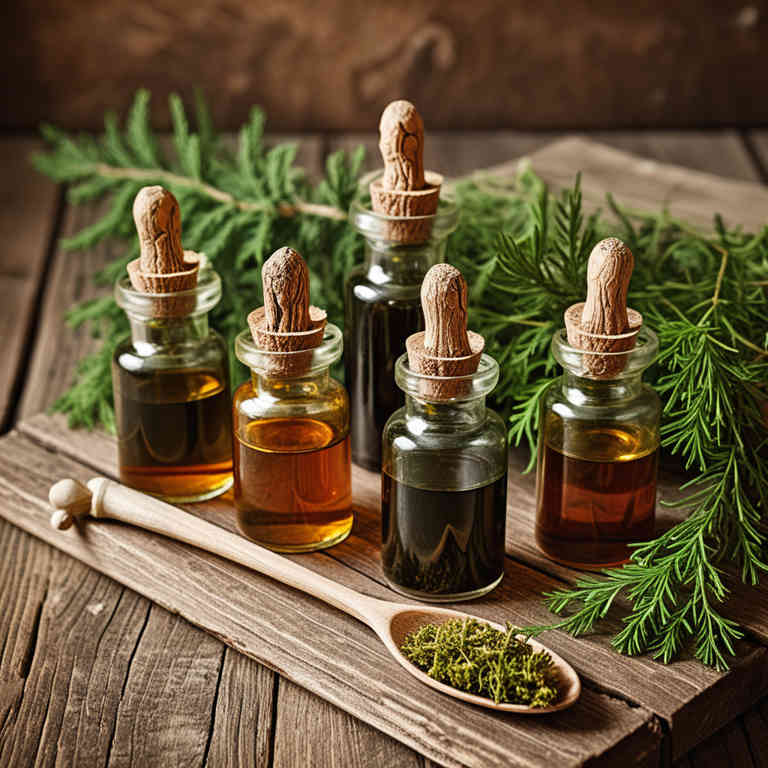
Thuja occidentalis, also known as eastern arborvitae, is a traditional herbal remedy that has been used for centuries to support immune function and combat infections.
Its tinctures are commonly prepared using alcohol as a solvent to extract the plant's active compounds, such as flavonoids and essential oils, which are believed to possess antimicrobial properties. Some studies suggest that thuja tinctures may help reduce the duration and severity of viral and bacterial infections due to their ability to enhance the body's natural defenses. However, it is important to consult with a healthcare professional before using thuja tinctures, as they can interact with certain medications and may cause side effects in some individuals.
Despite its historical use, scientific evidence supporting its efficacy for specific infections remains limited, and it should not replace conventional medical treatments.
8. Urtica dioica

Urtica dioica, commonly known as stinging nettle, has been traditionally used in herbal medicine for its anti-inflammatory and antimicrobial properties.
When prepared as a tincture, Urtica dioica can support the body's natural defenses against infections by enhancing immune function and reducing inflammation. The tincture is typically made by soaking fresh or dried nettle leaves in alcohol, allowing the active compounds such as flavonoids and polyphenols to be extracted. This herbal remedy is often used to support urinary tract health and may help alleviate symptoms of bacterial infections.
However, it is important to consult with a healthcare professional before using Urtica dioica tinctures, especially for individuals with existing medical conditions or those taking other medications.
9. Chamomilla recutita
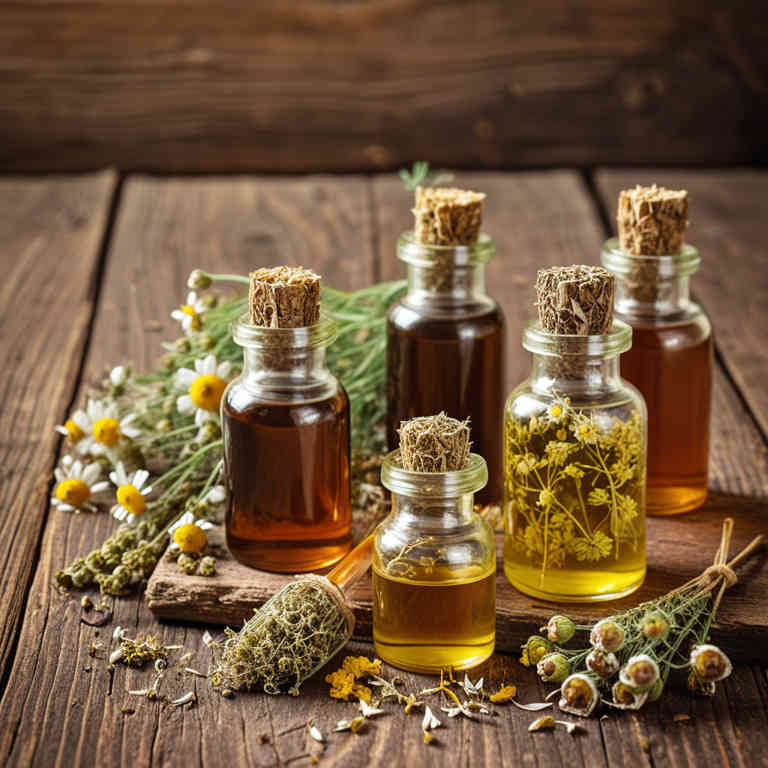
Chamomilla recutita, commonly known as German chamomile, is widely used in herbal tinctures for its antimicrobial and anti-inflammatory properties.
These tinctures are often employed to support the body's natural defenses against bacterial and viral infections, particularly in the respiratory and urinary tracts. The active compounds, such as bisabolol and flavonoids, contribute to its ability to reduce infection-related symptoms like inflammation and fever. While not a substitute for conventional antibiotics, chamomilla tinctures may serve as a complementary therapy in mild to moderate infections.
It is important to consult a healthcare professional before using these tinctures, especially for prolonged or severe infections.
10. Agrimonia eupatoria

Agrimonia eupatoria, commonly known as agrimony, has been traditionally used in herbal medicine for its antimicrobial and anti-inflammatory properties.
Agrimony herbal tinctures are often prepared by soaking the dried plant material in alcohol to extract its active compounds, such as flavonoids and tannins. These tinctures are believed to support the body's natural defenses against bacterial and fungal infections due to their broad-spectrum antimicrobial activity. They are typically used topically for skin infections or internally to help alleviate symptoms of respiratory or urinary tract infections.
While agrimony tinctures are generally considered safe, it is important to consult a healthcare professional before use, especially for individuals with existing health conditions or those taking other medications.